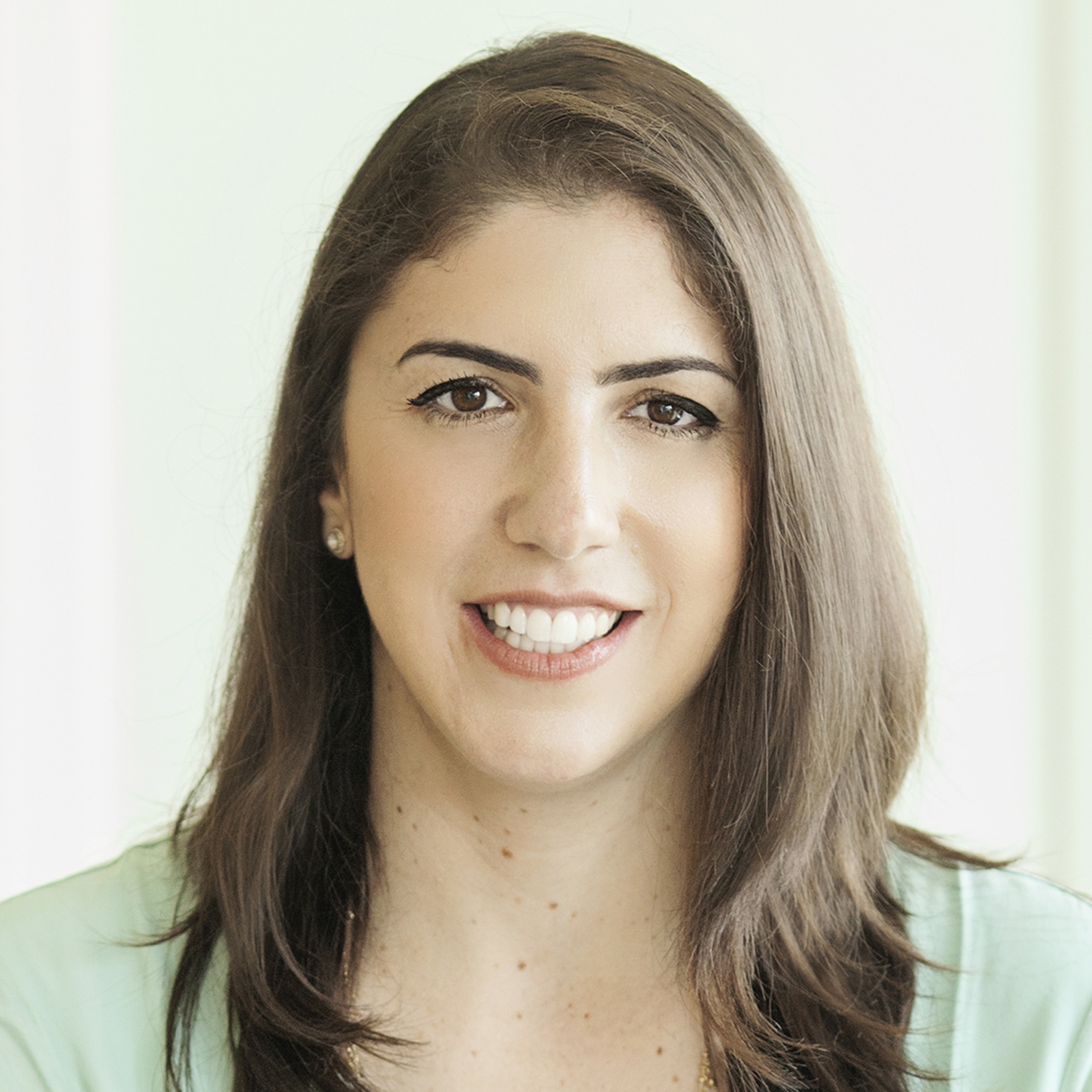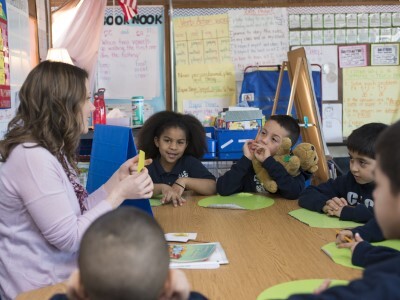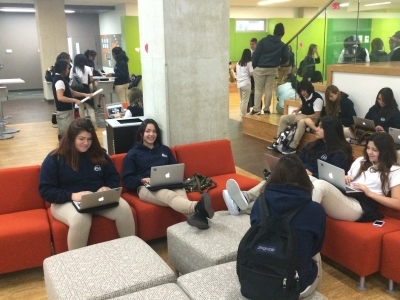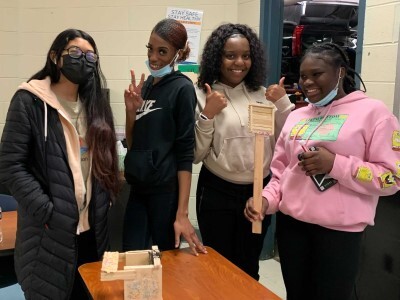NGLC Seeks Innovative Staffing Models
Topics
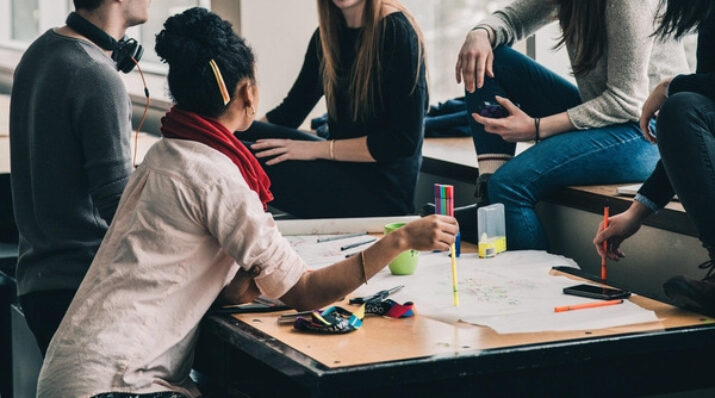
We’ve all had the experience of truly purposeful, authentic learning and know how valuable it is. Educators are taking the best of what we know about learning, student support, effective instruction, and interpersonal skill-building to completely reimagine schools so that students experience that kind of purposeful learning all day, every day.
One of our own NGLC grantees—Match Education—is a pioneer in adopting innovative approaches to staffing to ensure maximal access to excellent teachers.
In K-12 education, an effective teacher is the single most important variable in student learning. Over decades, study after study has confirmed this finding and various reform efforts have evolved to ensure that all children are taught by highly-effective teachers. The challenge to achieving such a goal is multifold; there is a lack of consensus among researchers about what makes a teacher “highly-effective,” imprecise measures to ascertain such quality, and, regardless of definitions, insufficient talent to go around.
Critics of next generation learning have argued that technology-enabled learning devalues the role of teachers or makes classrooms “teacher-proof.” In fact, emerging models of next generation learning schools show the exact opposite to be true: innovative approaches that integrate technology and adopt more personalized, mastery-based approaches to teaching allow students to have greater access to highly-qualified teachers with new approaches to classroom staffing models.
One of our own NGLC grantees—Match Education—is a pioneer in adopting innovative approaches to staffing to ensure maximal access to excellent teachers. In Match schools, excellent teachers are supported by a corps of recent college graduates who receive free housing and a modest living stipend in exchange for a year of service. Members of the Match Corps are each assigned six or seven Match students at the beginning of the year with whom they work in small groups or in one-on-one tutorials over the course of each day, providing close academic support and building personal relationships. The tutors help support and sustain the highly-qualified master classroom teachers; some of the tutors, in fact, go on to train as teachers themselves.
Other schools are using blended learning techniques as a mechanism to enable new approaches to staffing. The national research and policy consulting group, Public Impact, has recently launched its Opportunity Culture network, a group of schools that are experimenting with new models of staffing to ensure that all students have access to excellent teachers. In fact, three out of four of the founding members of the network—Foundations College Prep, Touchstone Education, and Venture Academies—are NGLC grantees as well. One of the models identified by the Opportunity Culture research is the “time-technology” rotation swap. In such a model, digital instruction replaces enough top-teacher time that they can teach more students. Students have digital instruction for 25% or more of learning time. This swap can take place in either an in-person, brick-and-mortar classroom setting or in a remote location. Public Impact has done an excellent job describing the time-technology model and many other models in its Opportunity Culture on their website.
As we launch our Wave IV of funding for new secondary, breakthrough schools (first round of applications due April 22), we encourage prospective applicants to experiment with innovative ways to deploy teachers, tutors, and other critical educators to best support student learning. We are eager to review models where technology is the enabling force that allows excellent teachers to have an even greater impact than in a traditional classroom. Join us today!

